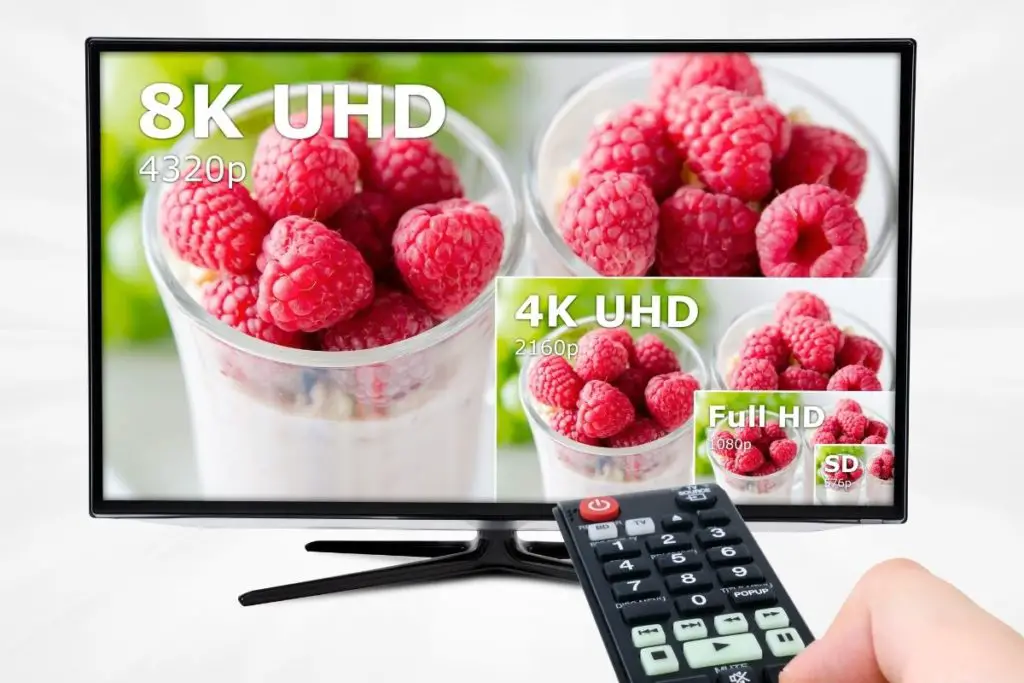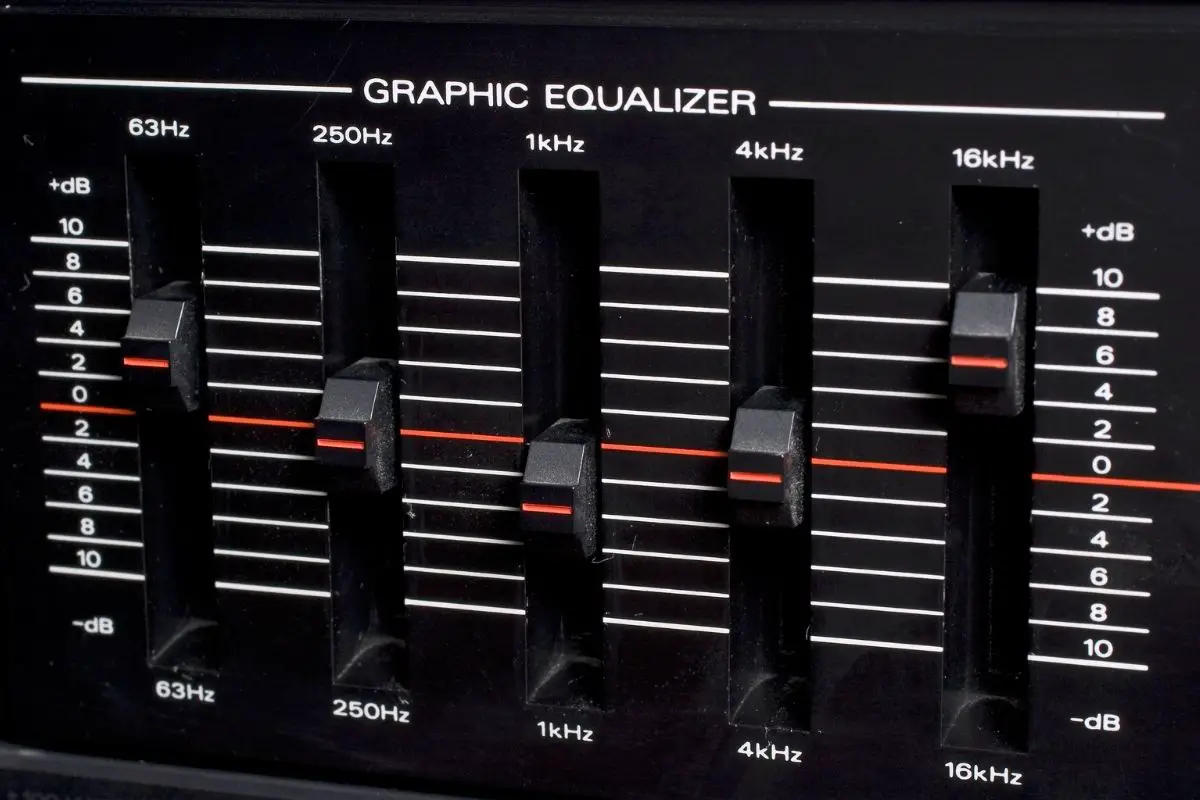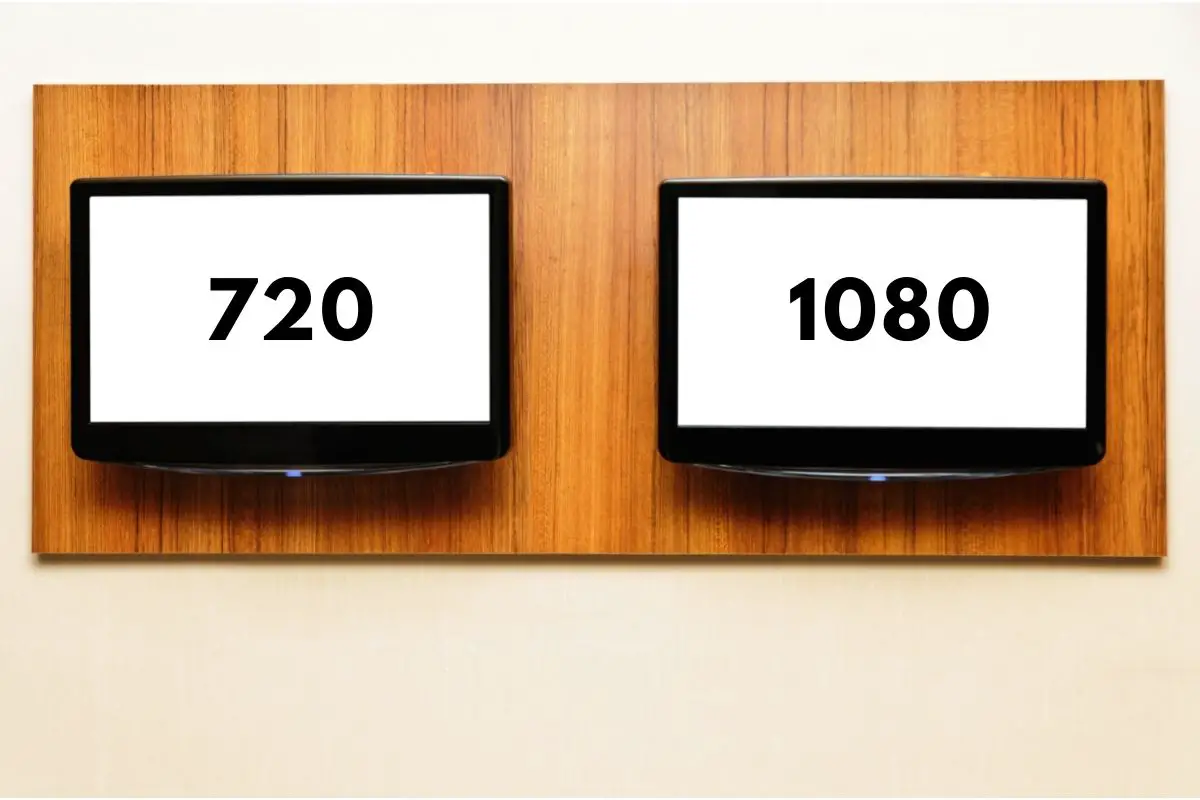Video can come in lots of different qualities. These are known as resolutions, and you’ll know them well if you’ve ever gone to watch a YouTube video and it’s come out all blurry and pixelated.
This is usually something like 360p! Well, when it comes to video, you’ll always want the best quality available – especially if it’s a film or television show you’re watching.
One of the very best resolutions is known as 4K (often with the term “Ultra HD” or “UHD” attached), and offers a crisp and clear video picture.
However, there is also a resolution known as 2160p, which has caused many people to become confused. Some believe that 2160p is actually the same as 4K, and wonder why there are two different terms in the first place. What is the difference?
Well, you’ve come to the right place! In the article below, we’re going to break down the similarities and differences between these two close resolutions.
You’ll have a firm understanding of video resolutions in no time!

Understanding Resolutions
First of all, let’s explain video resolution as a whole. As we’ve said, there are many different qualities of resolution.
These can go as low as 240p, and continue upwards: 360p, 480p, 720p, 1080p, 1440p, 2160p. As you can see, that last one is the high end of the spectrum, and is often linked to the similar 4K term.
You’re probably wondering what the “p” stands for in all these resolutions. We don’t blame you! It’s an odd choice of letter.
Actually, it stands for “Progressive Scan”, which means that every pixel available is going to be drawn onto every frame of video.
Before, “interlaced scanning” or “alternating scanning” were used, but this was for modes of video technology that are now outdated. Nevertheless, let’s go back a sentence to that detail about “every frame of video”! What does that mean?
For film, there are almost always 24 frames per second. A frame is a still image, so every second we’re seeing 24 still images, which look like they’re moving when put together.
So, film is really a series of still images arranged to create the illusion of movement! And if you’re working with 1080p resolution, there should therefore be every potential pixel on screen for every single frame.
2160p VS. 4K – What Are The Differences?
The two resolutions are extremely similar but have just a few key differences that mean they are still given different, more precise names.
Both 2160p and 4K resolutions can be referred to as “Ultra High Definition”, which is shortened to “UHD”, because they are both ultra high.
However, we can actually call 2160p 4K itself, although it’s a rounded off version technically.
Amount Of Pixels
Why is it rounded off, though? Well, 2160p has 3840 horizontal and 2160 vertical pixels (known as 3840 x 2160).
That large number, 3840, is actually almost 4000 – which would be 4K. The “proper” 4K that we’ve been referring to before has, by comparison, 4096 x 2160.
So, 2160p is just over a hundred pixels short of 4000, while “proper” 4K has almost a hundred over.
Due to the closeness, we can refer to 2160p as 4K. However, what should we then call the “proper” 4K that actually has over 4000 pixels horizontally?
It can more accurately be referred to as “DCI 4K”. What does that stand for? The DCI is an acronym for the Digital Cinema Initiative, who first developed the 4K ratio.
This is a lot of numbers and acronyms, right? So before we continue, let’s just clearly state: rounded-up 2160p can be called “4K”, while the properly higher resolution can be called “DCI 4K”. There!
In summary:
- DCI 4K has 4096 x 2160 pixels
- 4K (2160p) has 3840 x 2160 pixels
2160p (Rounded Off 4K)

Let’s have a look at some of the qualities of the 2160p resolution, which we can also refer to as rounded off 4K.
Megapixels
2160p can actually reach up to 8MP, despite its shorter horizontal and vertical pixel counts than the DCI 4K, which also measures 8MP.
But what’s an MP? MP stands for megapixels, which is a measure meaning one million pixels. So, 8MP would be an image that has 8 million pixels in it.
DCI 4K is more likely to reach these heights, but 2160p sometimes can, and shouldn’t be ignored for that fact.
Upscaling
It may interest you to know that some videos you watch that are called 4K/2160p actually aren’t. This is to do with a process known as upscaling.
You may have noticed this term mentioned when you were buying a television over the past few years.
Most televisions are listed as 4K nowadays, in fact, nearly 50% of all TVs sold worldwide, but this doesn’t mean that every video you’re watching was actually made in 4K.
There are some cases where it will be proper 4K. For example, you may be watching a Blu-Ray that’s listed as 4K UHD on the case, and you’re watching it with an Ultra HD Blu-Ray player.
Similarly, you may be watching a 4K TV channel through a 4K television box. Or, perhaps you’ve got the most expensive Premium subscription to a streaming service like Netflix – which will give you proper 4K videos.
If you’re not watching any of these things, though, your video is simply going to be upscaled. The term “upscaling” refers to increasing the size or quality of the video.
You may wonder why this is done, and it’s perfectly simple – besides the reason that you just want better looking videos!
The reason is that most televisions now are quite large, and they’re only going to get bigger. If you watch something of a lower resolution on a new, large television, the video image is going to be stretched out and enlarged.
The more you enlarge an image, the lower its quality becomes – understandably. For this reason, many new televisions come with a 4K upscaling function built in, to make your lower resolution videos look much better on your large television screen.
So, although most videos will have been upscaled to the 3840 x 2160 pixel format (the rounded off 4K), they aren’t technically of that quality.
Projectors
Of course, you may not have a television! Instead, you may have gone for a projector and made yourself your very own home theater system.
Projectors are a little more fiddly when it comes to the resolution quality, and currently the highest they can usually go is 2160p (the 3840 x 2160 pixels resolution).
At least, this is the case with the projectors listed as 4K UHD. If you can find one, make sure to look for one that says DCI 4K, if you want to get a crisper resolution.
4K (DCI 4K)

Now let’s compare, by looking at some of the qualities and facts of the “proper” 4K resolution, known as DCI 4K.
Megapixels
DCI 4K is capable of 8MP, meaning that it has 8 million megapixels. This is a number that can be reached by the 2160p resolution, but it’s rarer.
With DCI 4K, you’re always going to get it, though. 4K has twice the resolution of 1080p resolution, also known as Full HD.
Upscaling
Given that television screens upscale old video to somewhere that nearly resembles 2160p, do they also do it for DCI 4K? No, this is extremely unlikely.
Given that it has a slightly greater quality than 2160p as it is, a television upscaling lower resolution videos to a DCI 4K level is going to be an almost pointless task – it’s never going to look quite good enough!
Projectors
If you want to use a projector for your movies and television shows, you’re unlikely to get one that’s properly reaching a DCI 4K level.
Since the quality is so great, most projectors will only be 4K in the sense that they’re 2160p resolution.
The DCI 4K quality of 4096 x 2160 is much rarer to find in projectors at the moment, but hopefully it will become a more reachable resolution in the future, as the technology improves.
2160p And 4K – Similarities And Differences
As we’ve noted already, there’s really only a difference of a few hundred pixels between 2160p and “proper” DCI 4K. Both look terrific in practice, and are both capable of many great things.
For example, both can give you Wide Color Gamut (WCG), which is the ability for your television to display more colors.
Additionally, both resolutions will give you High Dynamic Range (HDR), which is an increased range of dark and light tones that are going to be in the video image.
All of these will result in a much greater range of colors, as well as the colors being far richer and more varied.
Really, the major difference between the two is a small difference in pixels. The contrast in quality isn’t going to be really noticeable to our human eyes!
Besides that, one of the other few differences is the width, where DCI 4K has a couple of hundred more pixels in its width than the 2160p. Again – these are not deal breakers!
What Can You Choose?
Sadly, it’s going to be harder to get your hands on proper DCI 4K quality. It’s arguably more available in digital cameras than in televisions and projectors.
If you find televisions or projectors with it, though, it’s going to come at a higher cost.
If you go to a movie theater to watch a film, you can bet that they’re using DCI 4K projectors, because they pride themselves on a size and quality that few can get for working for themselves at home.
If you want to buy a DCI 4K projector, there are a variety of options. A good example would be the Sony SRX-R815P pr SRX-R515P projectors.
Additionally, you could go for a NEC PH3501QL projector, though this is – wait for it – around $123,000.
Final Thoughts
There you have it! We’ve used a lot of very specific statistics, but all in all you should have a clear understanding of the difference between 2160p and 4K resolution. And what is that difference? Not a great deal!
There are a couple of hundred pixels between them, yet 2160p is going to be the version of (rounded up) 4K video that you most commonly deal with.
It’s in most televisions and projectors, while the other 4K (known as DCI 4K) is much rarer and more expensive.
Given that DCI 4K is going to be the future, though, you may want to invest in it! Quality and resolution are only going to get better and more common, so soon 2160p will be an old resolution.
To save having to throw your technology away and buy new ones, why not save the hassle now and go straight to DCI 4K formats? If you’ve got the money, it’s worth it in the long run!
Frequently Asked Questions
What Quality Do Streaming Services Offer?
As we’ve mentioned, Netflix only offers 4K if you have their premium subscription. Amazon Prime and Disney+, however, both offer 4K videos at no extra cost.
- How Do I Connect My Samsung Soundbar To Bluetooth? - February 5, 2024
- How To Connect Soundbar To TV With Optical Cable? - February 5, 2024
- How to Choose the Right Audio System for Your Home Theater Setup - April 25, 2023








![Best Soundbar For Hisense TV [7 Top Picks] Best Soundbar For Hisense TV](https://www.cinemaequip.com/wp-content/uploads/2022/01/Best-Soundbar-For-Hisense-TV-1-150x150.jpg)